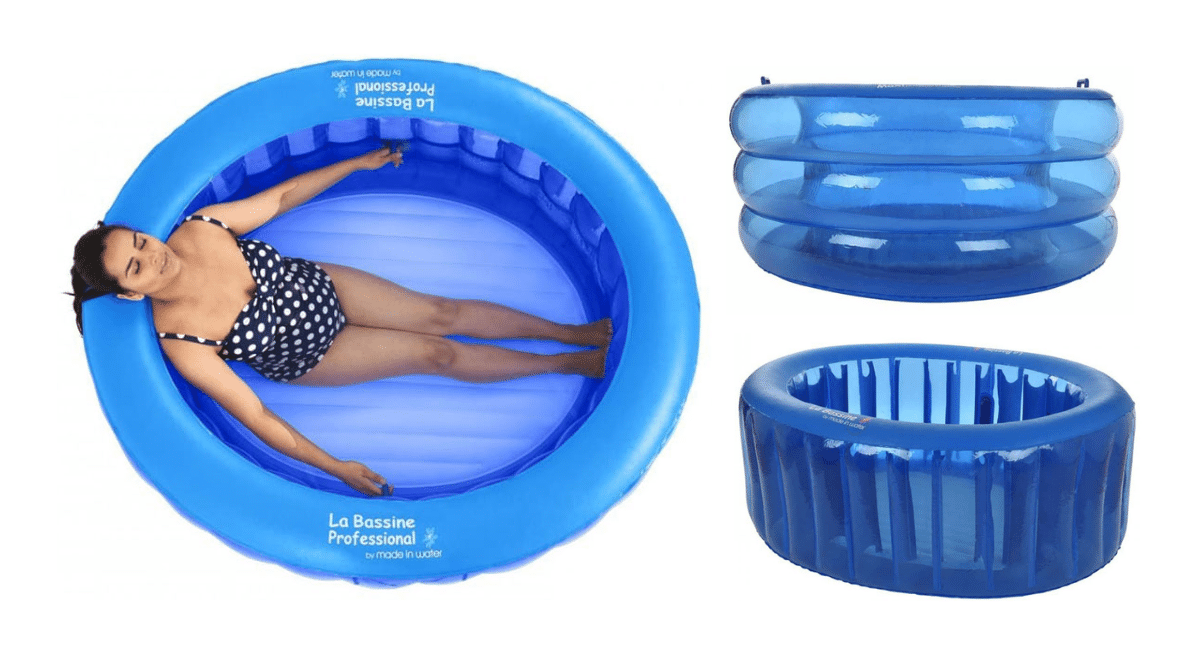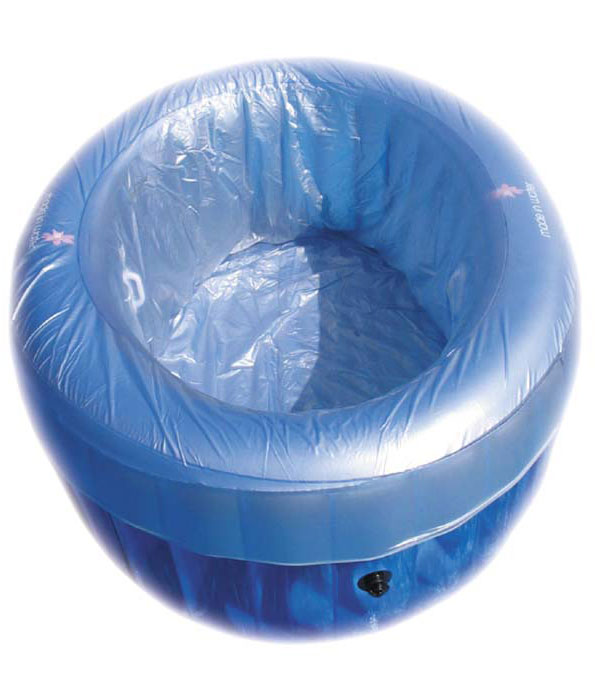Portable water birth pool equipment is widely available internationally for sale or hire. However, there are many types of pools and systems on the market with little or no regulation controls in place. They formulated the guidelines to help suppliers develop codes of safe practice and give consumers the information they need to make an informed choice.

The fundamental rule that must be strictly complied with to ensure safety and prevent infection is that any equipment that has been in contact with water before – must not touch the water again. Additionally, equipment and material that has been in contact with water (fresh or soiled) is a breeding ground for bacteria and presents an unacceptably high infection control risk. Moreover, bacteria breed rapidly in warm, wet, dark environments and can quickly populate water birth pools and their associated equipment in-between uses. Hence, we outlined the issues and recommendations concerning these and other factors in the ’rules’ below.
Rule No. 1
First, always fill the water birth pool with a new hose and use a new tap connector. Bacteria breed prolifically in hose pipes. Hoses are cheap, so use a new one for your baby’s birth. Evidently, hoses and tubes of any sort present one of the most significant risks for cross-infection, and there is a high risk of flushing bacteria through a used hose into the birth pool.
 Rule No. 2
Rule No. 2
Next, use a new disposable liner to negate the risk of cross-infection. To hospital standards, it is impossible to clean and disinfect a portable water birth pool. Indeed, disposable liners not only reliably prevent cross-infection but also make cleaning up after birth much more straightforward. Also, disposable liners serve as a ’second skin’ to significantly reduce the chance of water leaking out of the pool and causing damage.
Remember, most birth pools purchased for a homebirth are filled during labour come with disposable liners that are only in place for a relatively short period, reducing the opportunity for bacterial growth.
Rule No. 3
Pumped or recirculating systems of any type must not be fitted or used with water birth pools. Furthermore, recirculating and pump systems are the primary cause of cross-infection. They are directly linked to documented cases of Legionella and Pseudomonas that have resulted in infant mortality and illness.
Therefore, there are no pumped systems, jets, bubbles, or use of filtering systems – just a pool of fresh, still clean water. You cannot clean, disinfect or test these systems to meet Health Department standards, and they present a high risk of cross-infection.
For this instance, Public Health England recommends that heated birthing pools (incorporating a recirculation pump and heater), filled in advance of labour, should not be used. Also, these systems contain pipework and consequently may harbour biofilm that is difficult to remove during cleaning and could be the source of Legionella during any subsequent use.
Rule No. 4
Remember, do not use a heating system to heat or maintain the temperature of the water. Heating systems are not necessary and present significant infection control risks. In addition, there are two types of heating systems used on portable birth pools:
- Inline water heaters or heat exchangers connected by pipework that water is pumped through, heated and returned to the pool (see Rule No. 3 above)
- Electric immersion heaters placed in the pool present a health and safety risk and an infection control risk, as they are immersed directly in the water and can transfer bacteria
Also, if you fill the pool a little lower and warmer than you eventually want it to be, you can top it up to the right temperature and level before using it.
Rule No. 5
Importantly, do not put anything in the water, as these are a possible source of contamination. This rule includes the following:
- Stools
- Inflatables
- Essential oils
- Disinfectants etc.
Rule No. 6
Importantly, submersible pumps, used to empty the water from portable pools, must be cleaned and flushed through with the appropriate disinfectant between births by the pool hire company.
Moreover, only use the pumping system to empty the pool after it is used for labour and birth. Also, if you are using the pool for a trial or practice run, do not empty the pool with the submersible pump, as this could contaminate the pool or disposable liner with bacteria. Use a new hose to syphon the water out of the pool instead.
Rule No. 7
Heat retention covers used to reduce heat loss and keep humidity levels down are a potential source of cross-infection and must be cleaned, disinfected and dried correctly between uses. Heat retention covers are not essential. Most importantly, if you are concerned about the hygiene of a cover that has been used before, do not use it. Also, if you need to reuse the pool as labour has taken longer than expected, follow the guidelines above to empty and refill the pool.
Original article published http://activebirthpools.com/water-birth-safety-initiative on 25th January 2015
Revised 12th February 2022


Recent Comments